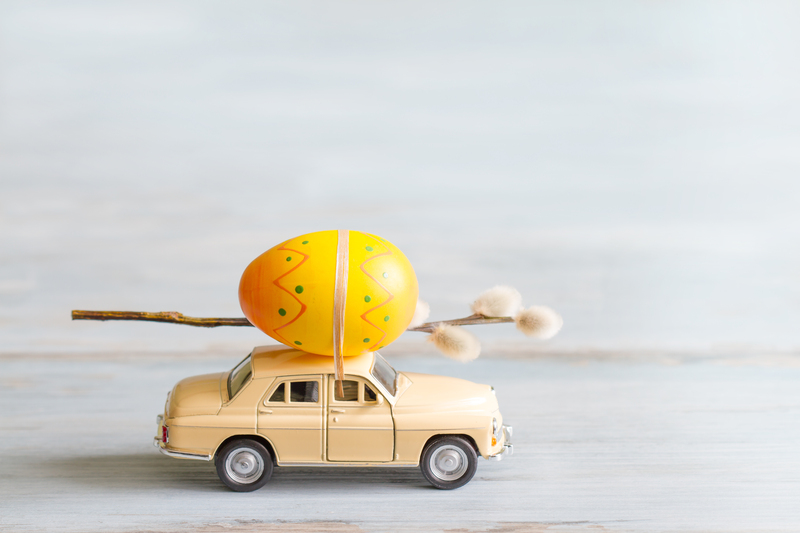Safely Transporting Instruments
Posted on 07/10/2025
Transporting musical instruments can be a daunting task, whether you are a professional musician or an amateur heading to a gig, rehearsal, or lesson. The primary concern is ensuring that the instruments are not only easy to transport but also arrive at their destination without any damage. This article will dive deep into the best practices for safely transporting instruments, covering everything from preparation to final unpacking.
Choosing the Right Case
The case is the first line of defense when transporting any instrument. Selecting the right case is critical as it should match the instrument's specific needs.
Hard Cases: These offer the best protection and are usually reinforced with metal or strong plastic. They are ideal for larger or more delicate instruments like guitars, violins, or wind instruments.
Soft Cases: Also known as gig bags, these are lighter and easier to manage but provide less protection. They're better suited for short trips and more robust instruments like some woodwinds and brass.

Properly Packing the Instrument
Once you have the appropriate case, the next step is to pack the instrument properly. Here are some tips for different types of instruments:
String Instruments: Loosen the strings slightly to relieve tension. Place a soft cloth between the strings and body to prevent scratches.
Brass and Woodwind Instruments: Disassemble parts if possible and wrap them individually. Ensure keys are secured and padded.
Percussion Instruments: Remove smaller parts and pack them separately. Use plenty of padding around the main shell.
Climate Considerations
Instruments are sensitive to changes in temperature and humidity. It's essential to keep them in a stable environment. For string instruments, sudden changes can cause wood to crack or strings to snap. Brass and woodwind instruments can experience issues with condensation.
Tips:
- Use silica gel packs inside the case to control humidity.
- Avoid leaving instruments in a car for long periods, especially in extreme weather.
- Gradually acclimate the instrument to different environments (temperature and humidity).
Travel Methods
Different modes of transportation require different considerations:
Air Travel: Always check with the airline beforehand about their instrument policy. Smaller instruments might be taken as carry-ons, while larger ones may need to go in the cargo hold. Use additional padding for checked instruments and consider insuring them.
Car Travel: Ensure the instrument is securely placed and cannot move around. Avoid placing heavy objects on top. For long journeys, take breaks to check on the instrument.
Public Transport: Keep the instrument close to you. If possible, avoid peak times to reduce the chances of it being knocked about.
Insurance and Documentation
Having insurance can offer peace of mind. Make sure your coverage includes transit. Photographs of the instruments and a list of their condition before transport can also be useful in the unfortunate event of damage.
Pros and Cons of Different Transport Methods
Air Travel:
Pros: Fast, can manage long distances.
Cons: Risk of damage in cargo, high cost for oversized baggage, potential temperature fluctuations.
Car Travel:
Pros: Direct control, can check on the instrument.
Cons: Risk of accidents, temperature changes if left in the car.
Public Transport:
Pros: Eco-friendly, cost-effective for short distances.
Cons: Crowded spaces, less control over the environment.
Extra Tips for Safely Transporting Instruments
- Always use a case with strong latches and zippers.
- Label cases with your contact information.
- Utilize padded straps for carrying to reduce strain on your body.
- For large instruments like double basses or cellos, consider using a wheel system.

Takeaways
Safely transporting instruments involves carefully choosing the right case, packing with protective materials, and considering climate and transit methods. Each mode of transport has its pros and cons, and extra precautions like insurance and contact labeling can go a long way in ensuring the instrument's safety.
Conclusion
Transporting musical instruments safely is crucial for maintaining their longevity and ensuring peak performance. By following these guidelines and tips, you can minimize the risk of damage and ensure your beloved instruments arrive safely at their destination. Always stay informed and prepared to make your music journey smoother and more enjoyable.







